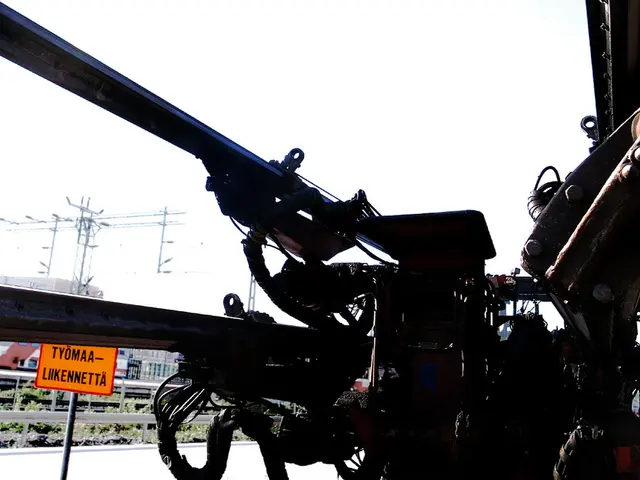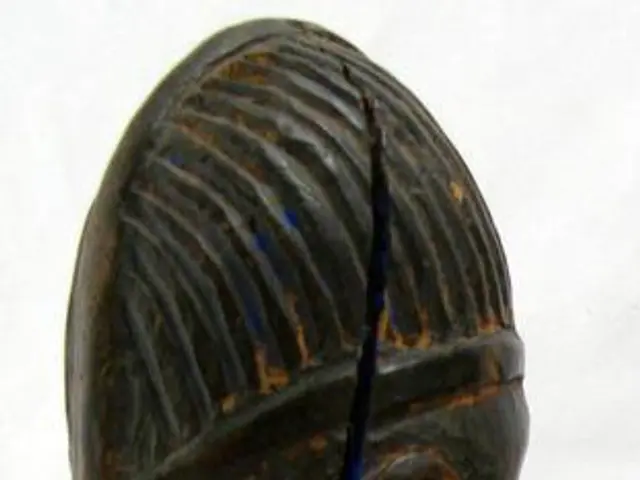Proposed modifications by the Ministry of Internal Affairs could impact car owners nationwide.
In a bid to enhance road traffic safety, Russia has proposed making seat belts more vividly coloured to improve their visibility [1]. This initiative aims to encourage consistent seat belt use and reduce violations by making it easier for traffic inspectors to identify non-compliant drivers and passengers. The enhanced visibility could also reduce erroneous fines due to seat belts blending with clothing in camera footage, improving enforcement accuracy.
However, this proposal poses significant challenges for automakers. The current seat belt requirements in Russia are governed by international standards, specifically UN Regulation No. 16, which is integrated into the Customs Union's technical regulations on vehicle safety. Introducing new features like vividly coloured seat belts conflicts with these international obligations and standards. Changing such requirements would require either modifying the harmonized UN Rules or abandoning their application in favour of purely national standards—both of which are complex and difficult paths [1].
The proposed measures are part of broader ongoing efforts to reduce traffic violations and accidents. While proposals like banning seat belt caps or mandatory coloured seat belts have been suggested, they are not yet formalized into a bill [3]. Other road safety reforms, such as stricter enforcement tied to passengers' seat belt use, are also underway but are separate from the color modification proposal [5].
Modern cars often come equipped with constant light and sound seat belt reminders, but not all vehicles have these features [2]. An exception to wearing seat belts is during ice crossing, although this is a rare occurrence [4]. The fines for not wearing a seat belt currently stand at 1500 rubles for the driver, 500 rubles for a passenger, and 3000 rubles for transporting a child without a car seat or appropriate restraint [6]. A 25% discount is available if the fine is paid within the first 30 days.
Auto experts have suggested additional measures to improve seat belt usage and enforcement. Igor Morzharetto, for instance, proposes banning not only fake seat belt buckles but also devices that mimic a fastened seat belt [7]. Russia could also propose the idea internationally through the Vienna Convention on Road Traffic. However, there is no precedent worldwide for enforcing such a proposal on foreign automakers [8].
The average age of a car in Russia is over 15 years, making the installation of seat belt reminders in older vehicles a question [9]. As the proposal moves forward, it remains to be seen how these challenges will be addressed and whether the benefits of increased seat belt usage will outweigh the difficulties faced by automakers.
Read also:
- Understanding Prediabetes: A Precursory Condition to Diabetes
- City Transition to Pedestrian-Friendly Environment Increases Daily Steps by Over 1,000: Research Findings
- Aerial attacks by Israel result in the death of 11 individuals in Gaza, occurring concurrently with Hamas leader's trip to Cairo.
- Expanding Human Milk Fortifier Industry Predicted to Reach USD 9.9 Billion by 2034







